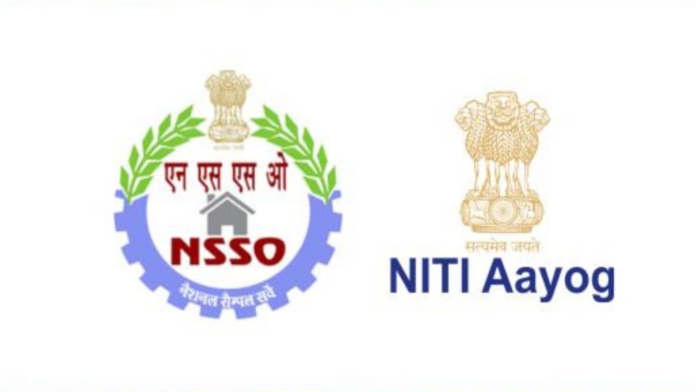
National, 26th February 2024: In a recent revelation, a survey conducted by the National Sample Survey Office (NSSO) has shed light on changing consumer spending patterns among Indian households. According to the findings, citizens in Tier 2 and Tier 3 cities are allocating more of their budgets towards clothing, entertainment, and other non-essential items while cutting back on food expenses.
Speaking on the survey’s results, B.V.R. Subrahmanyam, CEO of NITI Aayog, highlighted the significance of consumer expenditure surveys in assessing the country’s poverty levels and the effectiveness of poverty alleviation measures.
The report indicates a significant increase in household expenditure over the past decade, with urban areas witnessing a doubling of average monthly per capita expenditure (MPCE) from Rs 2,630 in 2011-12 to an estimated Rs 6,459 in 2022-23. Similarly, rural areas have seen a rise from Rs 1,430 to Rs 3,773 during the same period.
Interestingly, the data reveals that Indian families are now spending a smaller percentage of their budgets on food items, opting to allocate more funds towards clothing, electronics, and entertainment. This trend is especially pronounced in Tier 2 and 3 cities, where households are prioritizing non-essential expenses over basic necessities.
The survey, which collected data from 261,746 households across rural and urban areas, also highlights disparities in spending habits between different regions and income groups. For instance, while urban households spend an average of Rs 2,530 per person per month on food, rural households allocate only Rs 1,750 to the same category.
Furthermore, the report underscores a decline in the share of food expenditure in total consumption, dropping from 53% to 46.4% in rural areas and from 42.6% to 39.2% in urban areas since 2011-12.
Experts from the Indian Fashion Forum 2024 echoed these observations, pointing towards the growing influence of e-commerce and changing consumer preferences as key factors driving this shift in spending behavior. With improved internet connectivity and access to online shopping platforms, residents of smaller towns and villages are increasingly turning to digital channels to fulfill their shopping needs.
This shift towards online shopping is also facilitated by competitive pricing and the availability of a wide range of fashion choices, making it easier for consumers to access trendy clothing and accessories from the comfort of their homes.
As Indian consumers continue to embrace digitalization and new fashion trends, the implications of these changing spending patterns are expected to reshape the retail landscape, particularly in Tier 2 and 3 cities, where online shopping is gaining momentum as a preferred mode of consumption.
